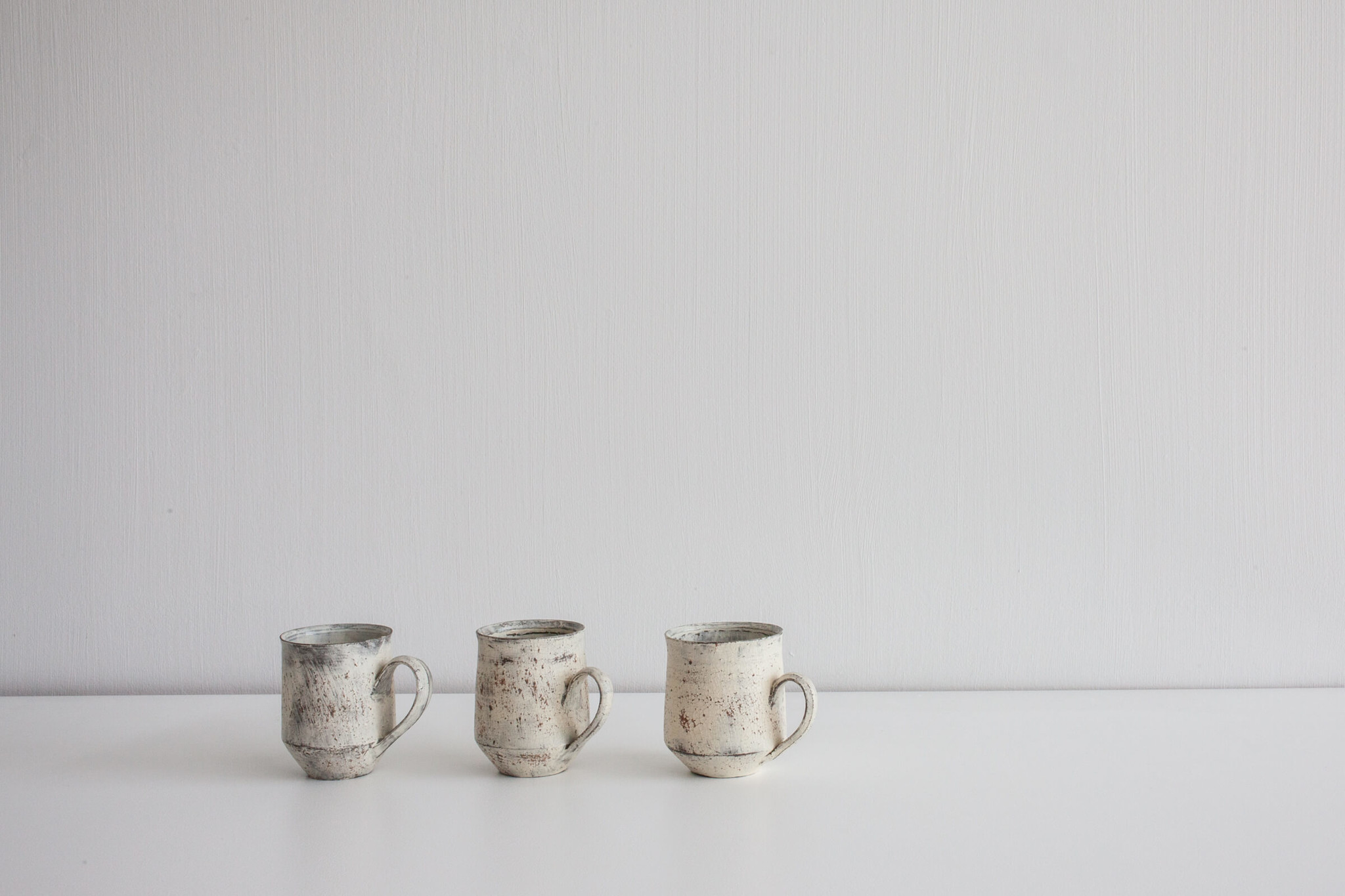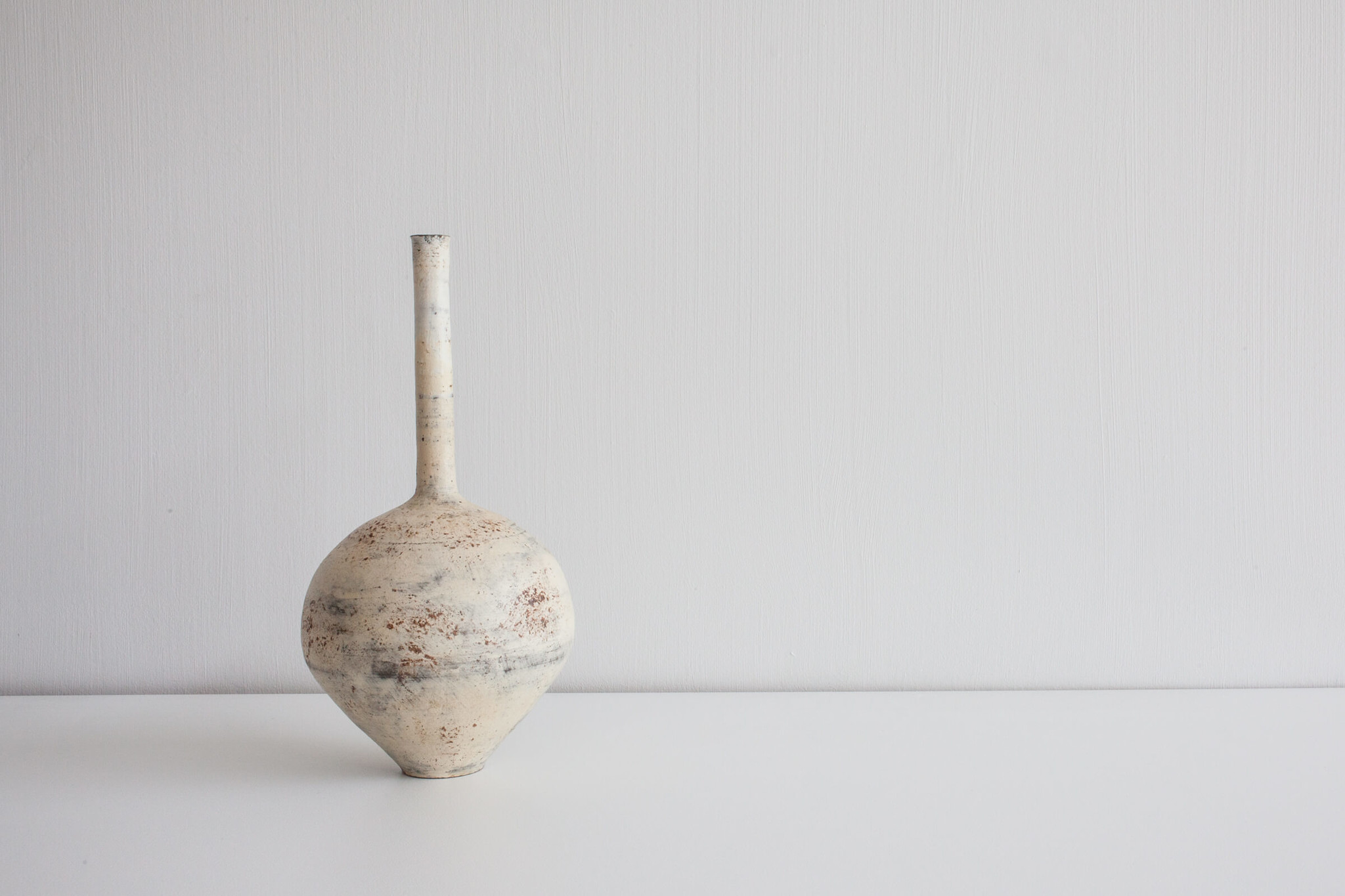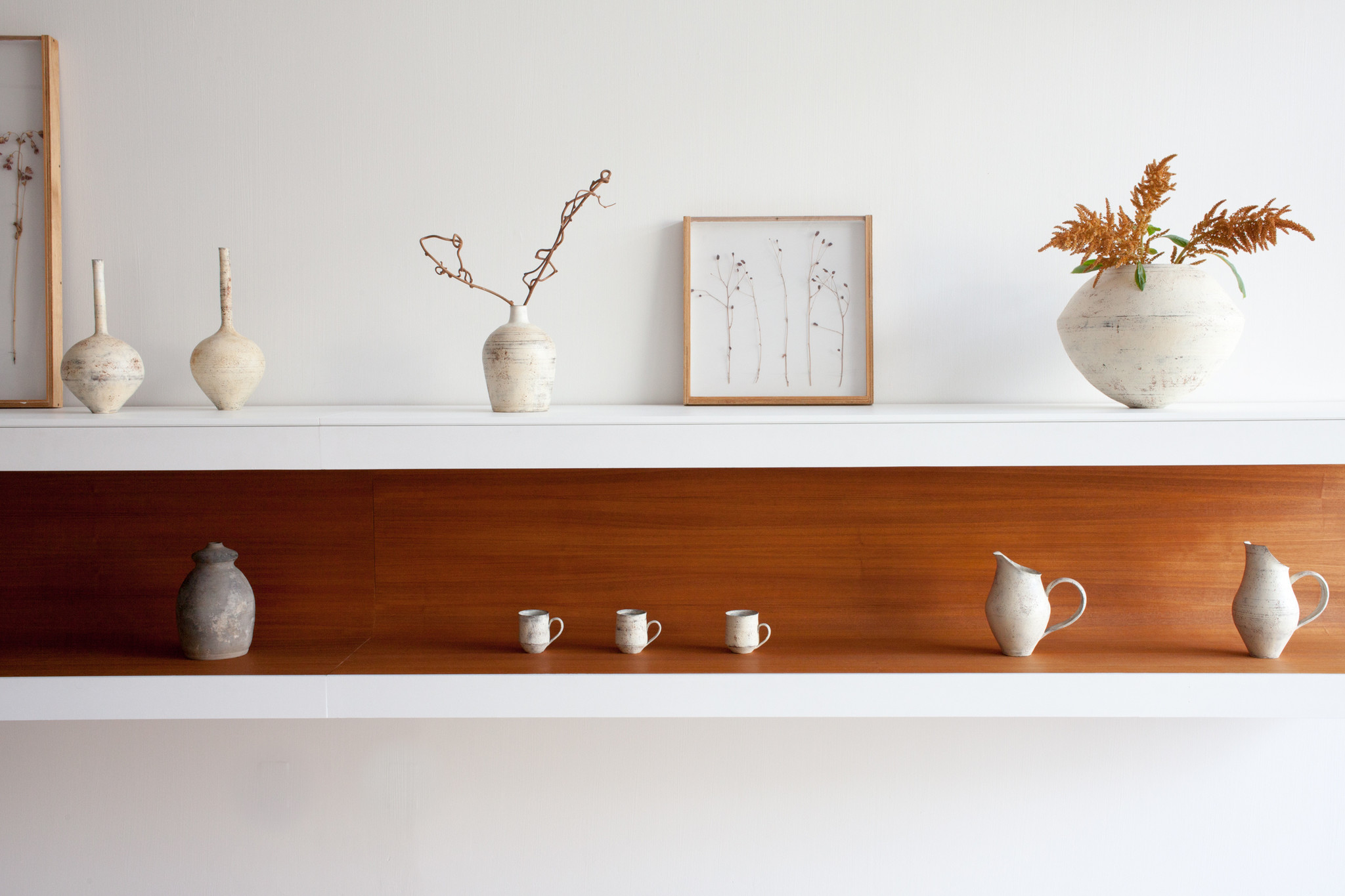


Login
Log in if you have an account
Register
By creating an account with our store, you will be able to move through the checkout process faster, store multiple addresses, view and track your orders in your account, and more.
Create an accountIntroducing: Tetsuya Ozawa

Funny story about Tetsuya Ozawa's first shipment to us. It sold out within days of receiving it. We never even had a chance to post it to the website, or share our interview with him here on the journal. This week we received a new shipment of Ozawa-san's beautiful work, so it's the perfect time to share John's interview with him.
6 Questions for TETSUYA OZAWA
( J = JOHN’s Questions / T = TETSUYA’s Answers, translated by Reiko )
J: Please give us some insight about who you are, you are based in Tajimi city?
T: My name is Tetsuya Ozawa.I was born in Tajimi City, Gifu Prefecture in 1984. Graduated from Nagoya University of the Arts in 2008. Then I have studied and was being an apprentice under the ceramicist Mr. Masamichi Yoshikawa at Tokoname-shi, Aichi prefecture. I started up my own practice in 2016. Currently I’m based in Tokoname (*1) , Aichi prefecture.
(*1 = Tokoname City = https://en.wikipedia.org/wiki/Tokoname
Tokoname Ware = https://en.wikipedia.org/wiki/Tokoname_ware )

J: What motivates you to make pottery? Did you try to do anything else on your way to becoming a potter?
T: In my hometown Tajimi City, Ceramics are part of our life and there were so many
opportunities to touch clays since I was very young. Since I realized I would like to be a creator, I think it was natural to start thinking and aiming to be “Ceramist” as a choice. I decided to be a Ceramist when I was in junior high school, and since then I continue to pursue studying ceramics in high school, university, and apprenticeship under the ceramicist Mr. Yoshikawa.

J: Are there specific forms, history our cultures that inspire your work?
T: I am heavily influenced by tea culture, folk arts, modern craftwork.
I mainly used to make objects and sculpture before, but I started to become attracted by the way ceramics has been used for people’s daily life. I decided to start to make Ceramics for people and people’s life.
Currently I am interested in how to use the technique of material layering of abstract paintings such as the way Mark Rothko did (*2).
(*2 = Mark Rothko = https://en.wikipedia.org/wiki/Mark_Rothko )
I try to produce my ceramics with awareness of what is at my feet and what is surrounding myself. Like making a little tea pot to the ancient big pottery style from my local Tokoname village.

J: The surface of your ceramics is very unique. I believe it is white slip over clay? The texture is very beautiful, how did you come to use this to finish your pieces?
T: I use old technique called “KOFUKI ( = dusting )”. I put white soil on the clay which contains a lot of iron, like putting on "make-up”. It is a distinctive technique that creates a soft texture on the surface. It does make a totally different texture compared with the regular white porcelains.
When I started to do experiments, I only put one layer on the surface. I was still wondering if I could create more complicated textures, like something with dirtiness and some roughness. Then the paper container that I bought from an antique store caught my eyes.
I noticed I could see various colors and expressions on one bowl...such as paper wrinkles, dirts stuck by being used, deterioration of paints, some brushstrokes to give strength for the substrate of surface etc. Then I started to create my current style which is putting soil overlap and scraping off repeatedly. This is the catalyst for when I started to apply it to my own work.

J: Is there something special about your process? Or the clay / glazing you use?
T: I originally like mat finish with complex expressions without glaze. However, experimentally I was looking for something where I could put a delicate gloss like lacquer finish, I found “Chara" lacquer which is used for Tokoname teapot. “Chara" lacquer was developed for the mass production of Tokoname teapots. It is a very unique glaze, It gives a subtle gloss on vessels.
I think the unique and traditional technique of Tokoname-yaki helps me to create my own style. All different kind of techniques that has been cultivated since ancient times, such as how to make big objects, how to make teapots, and how to bake them.

J: Besides pottery, what do you enjoy? reading? film? music?
T: I like playing the guitar. Let’s say… I like African American music as the genre of music, especially Pop songs derived from them. And like… Jazz, Hip Hop, R&B and especially I like artists in my generation. They inspire and stimulate me a lot. I’m listening to them when I'm working in studio.
J : Thank you very much!



